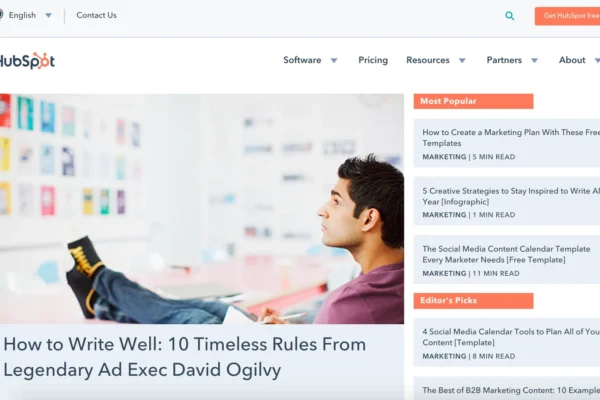What is Renters Insurance?
mywebinsurance.com renters insurance Renters insurance is a form of property insurance specifically designed to protect individuals who are renting a home or apartment. Unlike homeowners insurance, which covers the structure of a property, renters insurance focuses primarily on the personal belongings of the tenant. This type of insurance is crucial for providing financial security to renters, as it safeguards against various risks that can lead to significant financial loss.
Typically, renters insurance covers three main areas: personal property, liability protection, and additional living expenses. Personal property coverage helps in the event of theft, fire, or other perils, ensuring that tenants can replace necessary items such as furniture, electronics, and clothing. For example, if a fire were to damage a rented apartment, renters insurance could help cover the cost to replace lost possessions, offering peace of mind during an otherwise stressful time.
Liability protection is another key element of renters insurance. This coverage comes into play if a tenant is found legally responsible for an incident that causes harm to another person or damage to their property. For instance, if a guest were to suffer an injury in a rented home, the liability protection can help cover legal fees or medical expenses, providing essential financial relief.
Lastly, additional living expenses coverage can offer support if a rented residence becomes uninhabitable due to a covered incident, such as a catastrophic fire or flood. In such instances, renters may need to stay in temporary accommodations, and this coverage would help offset those unexpected costs.
In summary, renters insurance serves as a vital safety net for tenants, safeguarding their belongings and providing vital protection against unforeseen events, ultimately fostering a sense of security for those who rent their living spaces.
Benefits of Choosing MyWebInsurance.com Renters Insurance
Choosing MyWebInsurance.com for your renters insurance comes with numerous benefits that make it a compelling option for tenants seeking protection for their personal belongings. One of the most significant advantages is the competitive pricing that MyWebInsurance.com offers. By providing affordable policy options, the platform ensures that renters can secure coverage without straining their budgets, thus making it accessible for a wider audience.
In addition to budget-friendly pricing, MyWebInsurance.com prioritizes user simplicity with its user-friendly policies. The online interface is designed to make navigating through various insurance options straightforward, allowing potential clients to easily understand different coverage levels and policy particulars. This transparency fosters trust, enabling customers to make informed decisions regarding their insurance needs.
Exceptional customer service is another hallmark of MyWebInsurance.com renters insurance. The support team is readily available to assist clients with queries, helping them navigate through the sometimes complex world of insurance. This commitment to support ensures that customers never feel alone in their coverage journey, whether they’re seeking advice about claims or policy adjustments.
Obtaining quotes through MyWebInsurance.com is a seamless process. Prospective policyholders can quickly receive accurate quotes by simply entering pertinent details online, thereby eliminating the tedious back-and-forth often associated with traditional methods. Furthermore, the platform offers customization options that empower renters to tailor their policies to fit their unique circumstances. This flexibility means that individuals can select specific coverage that aligns with their lifestyle, ensuring they are adequately protected.
In conclusion, MyWebInsurance.com stands out in the renters insurance landscape for its competitive pricing, straightforward policies, excellent customer service, and customization options. These features combine to create a trustworthy and beneficial choice for anyone seeking renters insurance.

How to Get MyWebInsurance.com Renters Insurance
Acquiring renters insurance through MyWebInsurance.com is an organized process designed to ensure that customers can find the coverage that suits their needs effectively. To begin, visit the MyWebInsurance.com website where you will be prompted to access an online quote tool. This will typically ask for some basic information, including personal details and specifics about the rental property. Entering accurate information at this stage is crucial, as it will directly impact the quotes generated.
Once you submit your information, the system will provide a range of quotes based on varying coverage options. Here, it is essential to assess your coverage needs critically. Consider factors such as the value of your personal belongings, potential liability issues, and any additional endorsements that may be necessary. MyWebInsurance.com includes various packages, so you will have the opportunity to select one that aligns with your specific requirements.
Next, take time to compare different options available to you. Review the terms and conditions associated with each policy carefully. Pay attention to coverage limits, deductibles, and exclusions, as these will affect your claims process in the event of unexpected incidents. If there are any terms or details that are unclear, do not hesitate to reach out for clarification. Customer service representatives at MyWebInsurance.com are knowledgeable and ready to assist with any questions regarding your prospective policy.
After you have made an informed decision, you can proceed to finalize your renters insurance policy. This typically involves completing any necessary forms and making a payment for your selected coverage. Ensure you retain copies of all documentation for your records. Ultimately, by following these steps, you will successfully navigate the process of obtaining renters insurance through MyWebInsurance.com, providing you with peace of mind in your living arrangement.
Common Myths About Renters Insurance
Despite the growing awareness about the significance of renters insurance, several misconceptions continue to exist, preventing individuals from seeking the necessary protection for their belongings. One prevalent myth is the belief that renters insurance is unnecessary if the landlord holds insurance. While it is true that landlords often obtain insurance to protect the building structure, this coverage does not extend to tenants’ personal property. Hence, in the unfortunate event of fire, theft, or natural disasters, tenants are left vulnerable without their own insurance plan. MyWebInsurance.com renters insurance addresses this critical gap, ensuring tenants are safeguarded against potential financial losses.
Another commonly held belief is the notion that personal belongings are not worth the investment in insurance. This assumption can be misleading, as many individuals may not fully recognize the cumulative value of their possessions—ranging from electronics and furniture to clothing and kitchenware. Those who hesitate to insure their items often underestimate the costs associated with replacing them. By utilizing MyWebInsurance.com renters insurance, tenants can assess the value of their possessions and choose coverage that fits their specific needs, thus avoiding unexpected expenses in the future. Furthermore, the psychological peace of mind that comes with knowing one’s belongings are protected is invaluable.
One additional myth is that renters insurance is expensive and complicated to obtain. In reality, MyWebInsurance.com offers various policies that cater to different budgets, making it accessible for most individuals. The process of obtaining renters insurance is often straightforward, with numerous online resources available to guide potential policyholders through coverage options. By dispelling these myths, individuals can more effectively evaluate their need for renters insurance, ensuring they remain protected regardless of life’s uncertainties.



